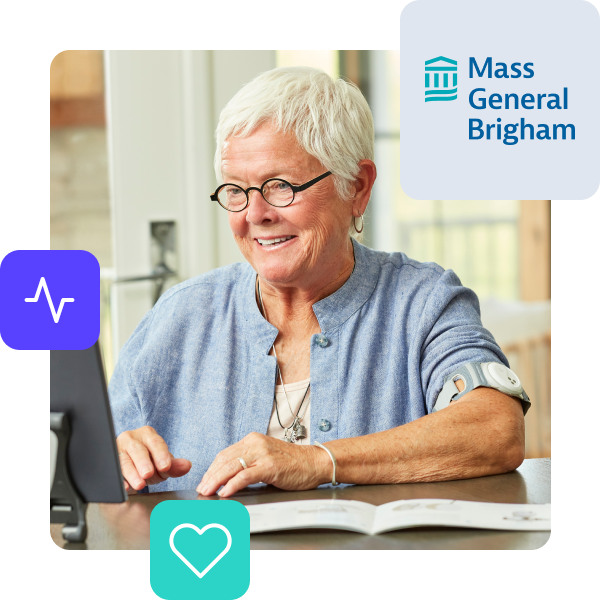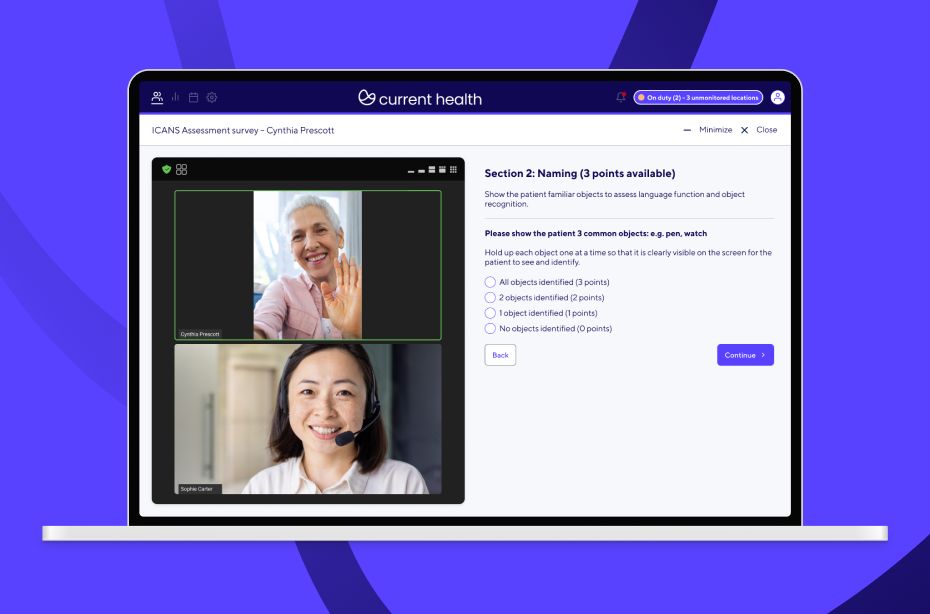
Now available – Integrated Virtual ICANS Assessments Find out more.
We’ve helped launch some of the nation’s largest Hospital at Home programs—bringing the tools, experience, and infrastructure needed to deliver complex care safely, efficiently, and at scale.
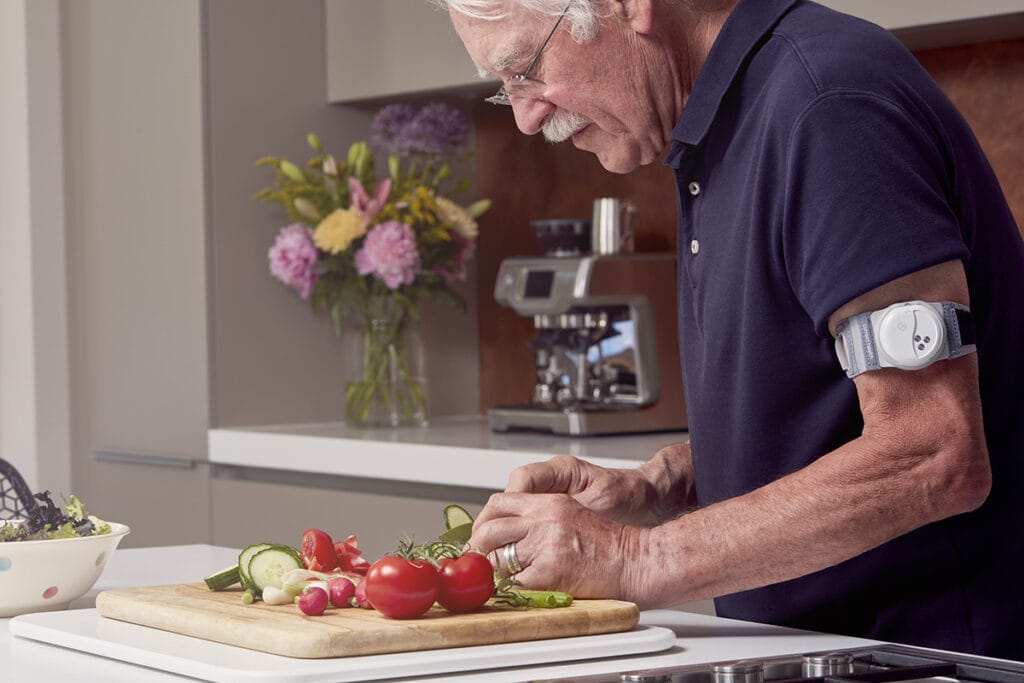
Hospital at Home is no longer an experiment, it’s a proven model for delivering high-acuity care outside the four walls. For patients, it means faster recovery and fewer complications. For health systems, it’s a strategic lever to reduce inpatient strain and shift appropriate care to a lower-cost, higher-margin setting.
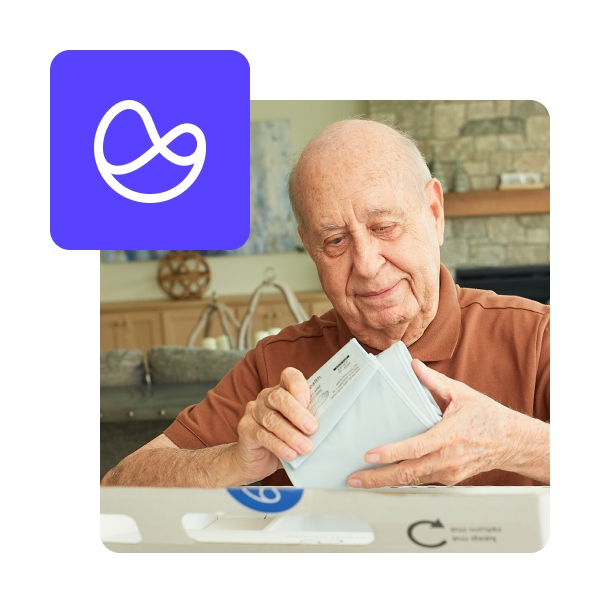
We’ve helped health systems across the country design and expand programs that are clinically sound and operationally sustainable.
From standardized protocols to AI-powered alarms and workflows, and 24/7 clinical support, our solution is built to help you launch confidently and grow with control.
A holistic system for in-home hospital care
Each with predefined patient journeys, alarm parameters, and escalation protocols, ready to deploy from day one.
Our proprietary FDA-cleared continuous wearable and connected devices feed real-time insights into a centralized clinical dashboard for proactive interventions.
End-to-end device deployment, retrieval, and servicing that can be fully outsourced to us or run in a hybrid model with your staff.
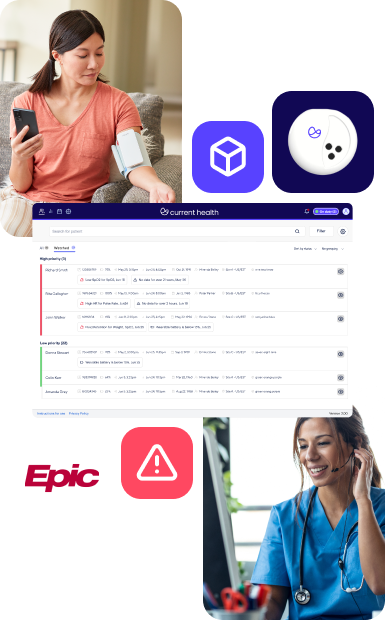
Streamlined kits make patient activation fast and allow programs to safely broaden eligibility criteria.
Our RNs and MAs provide continuous oversight, escalating to your care team as needed to maintain safety and staffing efficiency.
Epic and other EHR connectivity helps ensure data flows directly into existing clinical workflows without adding burden.
Hospital at Home programs succeed or stall based on the strength of their operational model. That’s why our solution goes beyond monitoring to support the full continuum of in-home care, from device setup to patient communication, clinical triage, and system integration. It’s the infrastructure your team needs to deliver safe, efficient care—without reinventing the wheel.
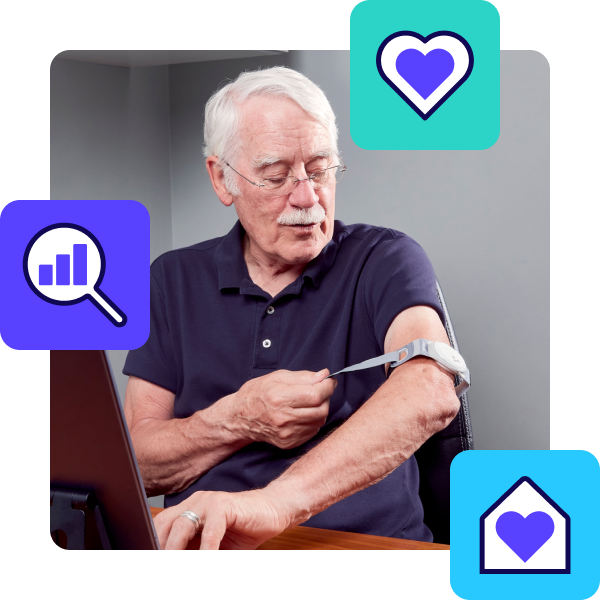
Support higher-acuity patients and broaden eligibility with wearable and peripheral device options.
Every component—pathways, monitoring, logistics—is designed to minimize clinician burden and support scale.
Our model powers the largest Hospital at Home programs in the country.
Our model shares risk and uses bundled options to ensure growth works in your favor.
Mass General Brigham set out a bold plan: grow their Home Hospital to match the capacity and capability of a brick-and-mortar facility.
When they needed a new partner to help them scale, they turned to Current Health. Together, we expanded operations across 14 hospitals, implemented 24/7 clinical support, and enabled safe, high-acuity care at home for 70+ patients at a time.
Home Hospital throughput in first 15 months with Current Health
Daily patient capacity
Escalation rate
Bed days saved
